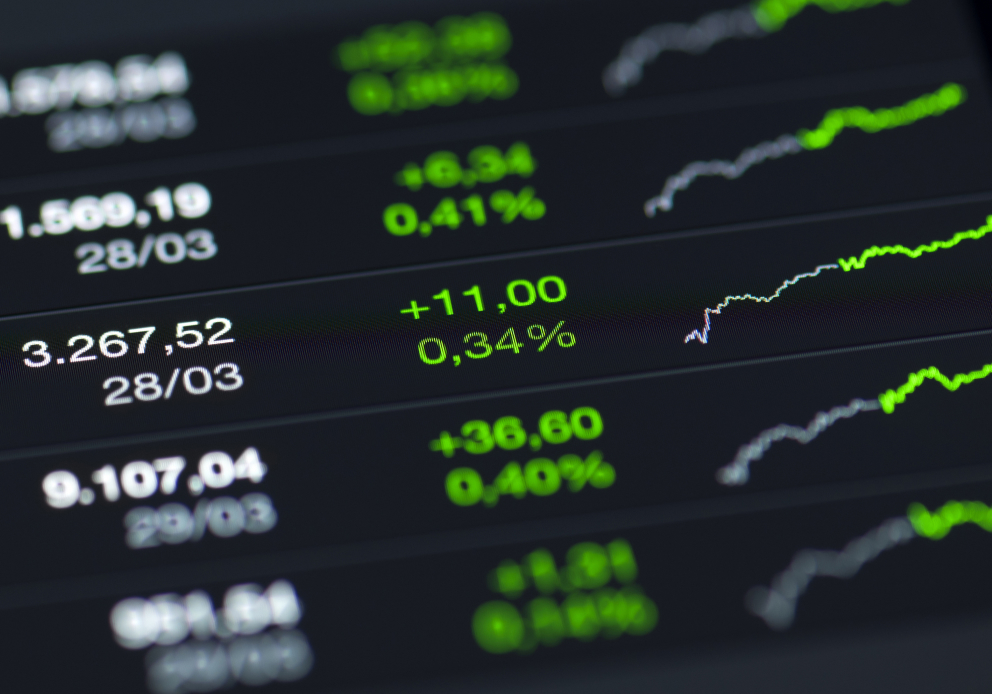Trading indices offers a way for traders to gain broader market exposure by tracking multiple stocks at once. But how do you actually trade indices, and what factors should you consider before diving in?
In this guide, we’ll break down the methods of index trading and highlight the key elements to look for when choosing an index to trade.
Trading Index Futures
PFD Markets gives CFD traders the option to trade futures contracts on some of the most popular indices. Trading CFDs on index futures allows traders to speculate on whether an index will go up or down in value. While trading index futures can offer substantial profit potential, it’s essential to be aware of the risks involved. The price of indices can fluctuate unpredictably, so traders must manage their positions carefully.
There are two basic positions you can take when trading indices:
- Buy: A ‘Buy’ order indicates that you believe the index will increase in value. If the price rises and you close your position, your profit is the difference between the buying and selling prices. However, if the index falls and you sell at a lower price than your buy price, you’ll incur a loss.
- Sell: A ‘Sell’ order signals your belief that the index will drop in value. If the price decreases and you close your position, your profit is the difference between the selling and closing prices. If the index rises instead, your loss will be the difference between the sell and close prices.
PFD Markets allows you to trade based on the value of these contracts in the form of Contracts for Difference (CFDs).
Trading Index CFDs with PFD Markets
Once you’re ready to trade CFDs on indices with PFD Markets, you can open the instrument on the platform and view essential information such as charts, spreads, rollover details, and more. Additionally, PFD Markets offers a demo account, allowing you to practice and get comfortable with the platform before committing real money.
When opening a position, you’ll need to choose whether to place a ‘buy’ order if you expect the index to rise or a ‘sell’ order if you predict it will fall. With CFDs, you’re not purchasing the underlying asset directly; rather, you’re speculating on the direction in which you expect the market to move.
PFD Markets also offers trader-friendly tools to help manage your trades. For example, the ‘Close at Profit’ option lets you automatically close a position once a predetermined profit level is reached, while the ‘Close at Loss’ option helps you set a limit on how much you’re willing to lose. These tools are free to use, although they don’t guarantee that the position will close at your exact target price.
Factors to Consider When Choosing an Index
Given the wide variety of market indices, selecting the right one to track can be a daunting task. Since indices represent the combined performance of several assets, their value fluctuations are influenced by various factors, such as the performance of individual companies and broader economic shifts. Thus, understanding what moves an index is essential before making your decision.
Just like when researching stocks or commodities, it’s important to weigh all the factors that could move an index. Here are some key considerations:
- Comprehensiveness: When selecting an index, consider the market segments it covers. The more accurately an index reflects its target sectors, the more reliable it is. Look for indices that represent a broad array of sectors for a more complete and profitable exposure.
- Up-to-date and Well-Maintained: Given the market’s dynamic nature, it’s crucial to choose indices that are regularly updated and maintained. Look for indices that track current market trends and reflect real-time price movements.
- Transparency and Objectivity: Make sure the index is transparent and free from bias. Some indices are committee-based, which can introduce subjectivity into the composition, while others are objective and based purely on market data. Always opt for the more transparent options to avoid misleading information.
- Low Index Funds and ETFs: It’s often wise to look for indices that have lower associated fees, especially if you’re using ETFs or index funds. With lower fees, you can save on costs over time and maximize potential returns.
It’s important to keep in mind that several factors can affect an index’s performance. Political events, market sentiment, and economic reports—such as unemployment figures or trade agreements—can all move an index in a particular direction. Even if the top-performing company within an index experiences a big jump, the overall index might still decline if other companies in the index perform poorly.










